Heliocentric Theory
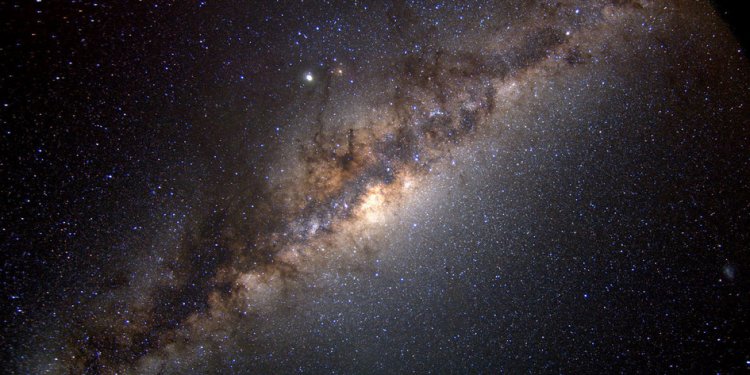
New galaxy discovered
A huge galaxy orbiting our own Milky Way has seemingly appeared out of nowhere. The newly spotted dwarf galaxy, which has been named Crater 2, sits around 400, light-years away, and has already earned the title of the fourth largest known galaxy circling our own. So how does a galaxy that big stay hidden…
Akumulatorsko orodje
Read more

Epicycle theory
In Kepler s day three models existed to explain the observed motions of the wandering stars. However, no clear criteria of physical truthfulness existed to discern which of these models corresponded to the actual, physical universe. Each model could be used to predict the future longitude and latitude of planets in the sky for a few years out. All of them became less accurate…
Read more
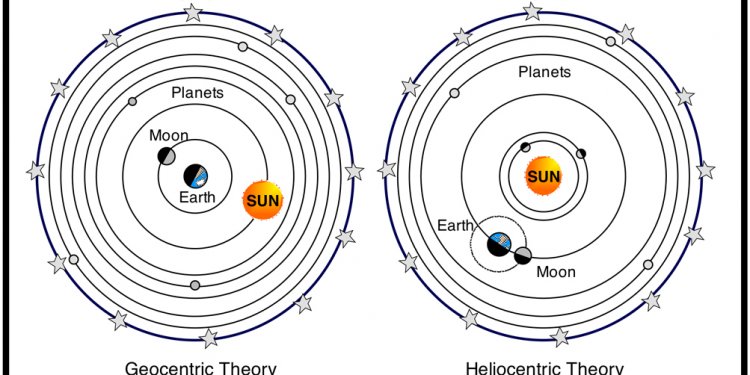
Heliocentric VS geocentric
In the times of the ancient Greek philosopher/astronomers, there was much debate over whether the center of the solar system was the Sun or Earth. Eventually, most early Greek astronomers came upon the idea of a geocentric idea of the solar system. This put the Earth at the center of the System and assumed that the Moon, Sun, and other planets orbited around it (1). A visual…
Read more

Geocentric and heliocentric Theories
Our understanding of the solar system has changed over many centuries. Scientists such as Ptolemy, Copernicus and Galileo added their ideas to our changing understanding. We observe the universe using a variety of equipment, from telescopes to orbiters and landers. The planets and the Sun orbit the Earth in Ptolemy s model. Our understanding of the universe has changed over…
Read more
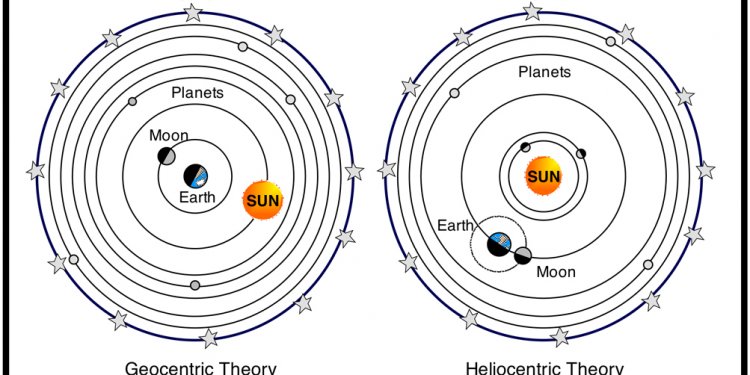
What was the geocentric theory?
Rejected by modern science, the geocentric theory (in Greek, ge means earth), which maintained that was the center of the universe, dominated ancient and medieval science. It seemed evident to early astronomers that the rest of the universe moved about a stable, motionless Earth. The, , planets, and stars could be seen moving about Earth along circular paths day after day…
Read more

Developed heliocentric theory
300 BC; Greek Philosophers Plato and Aristotle models Geocentric Theory with Earth as a Sphere. Aristotle publishes in his book “On the Heavens”. 200 BC; Greek Aristarchus of Samos placed Earth and other planets in motion around the central Sun but rejected by Aristotleans. 140 CE; Cladius Ptolemy of Alexandria devised complex system of “epicycles” to account for retrograde…
Read more
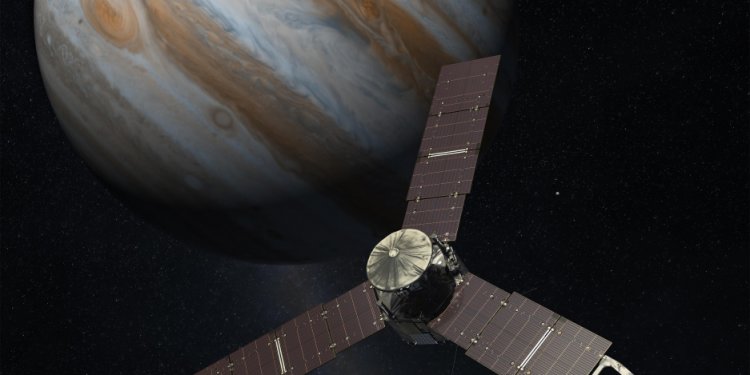
Latest discoveries in solar system
Artist view of a newborn giant planet. A young planet the size of Jupiter in orbit around its sun has been discovered. Illustration: Mark A. Garlick/markgarlick.com Two “baby” planets have been found orbiting close to young stars, providing new insights into how planets and solar systems form, scientists say. The planets, just a few million years old, are among the youngest…
Read more

Theory of the Sun
The Holocene Impact Working Group is a collection of scientists from Australia, France, Ireland, Russia and the US, who hypothesize that meteorite impacts on Earth are more common than previously supposed. The group has suggested that the Earth experiences one large global impact every 1, years. They claim that the geological formation known as a chevron or a wedge-shaped…
Read more
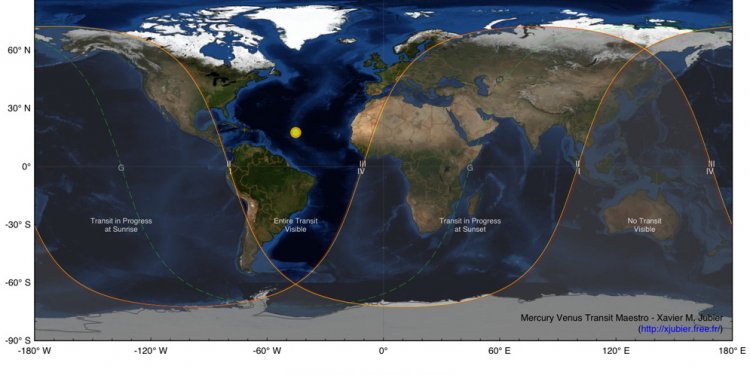
Recent astronomical events
The Maria and Eric Muhlmann Award recognizes recent significant observational results made possible by innovative advances in astronomical instrumentation, software, or observational infrastructure. The 2016 recipients of the Muhlmann Award are Prof. Ian McLean (University of California Los Angeles) and Prof. Charles ‘Chuck’ Steidel (California Institute of Technology) for…
Read more
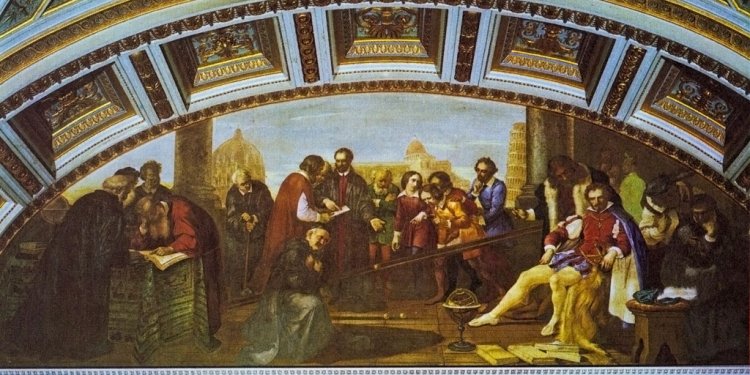
Theory of Galileo
Galileo was a hugely influential Italian astronomer, physicist and philosopher. Galileo Galilei was born on 15 February 1564 near Pisa, the son of a musician. He began to study medicine at the University of Pisa but changed to philosophy and mathematics. In 1589, he became professor of mathematics at Pisa. In 1592, he moved to become mathematics professor at the University…
Read more
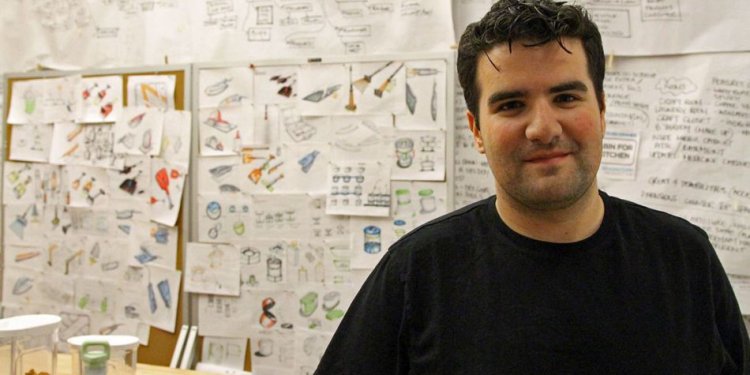
Modern Inventions 2013
Innovation Bernhard discusses his career path and his insights on the invention process. I caught up with the book’s author, Brett Stern, to learn more. Tell us about your inspiration for writing the book. Stern: I’m an industrial designer and have had a career inventing and designing a variety of consumer and industrial products. Because of these experiences, I have a good…
Read more

Heliocentric theory Galileo
Galileo explaining lunar topography to two cardinals. Painting by Jean Leon Huens. Credit: Jean Leon Huens One of the most famous examples of the clash between religion and science is the trial of Galileo Galilei. Galileo supported Copernicus view that the Earth orbited the sun, a heliocentric theory which the church declared contrary to Scripture. Galileo was warned to…
Read more
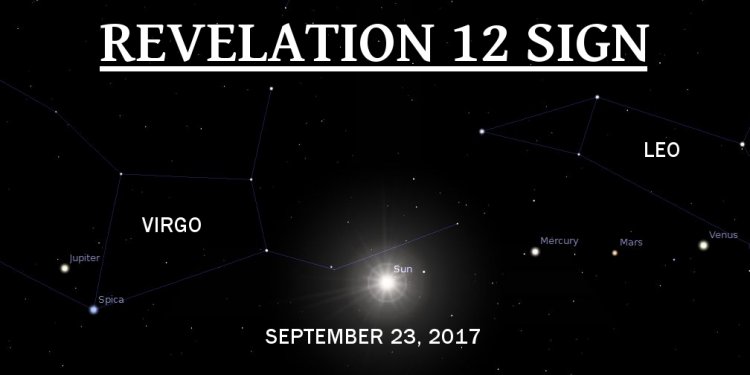
Astronomical Models
Introduction Astronomy is probably the oldest of sciences. Humans, with their innate curiosity and intelligence have looked up and wondered about phenomena in the sky since prehistoric times. People of different cultures scattered across the globe have incorporated their observations of celestial objects and events into their creation myths and religions. Civilizations such…
Read more
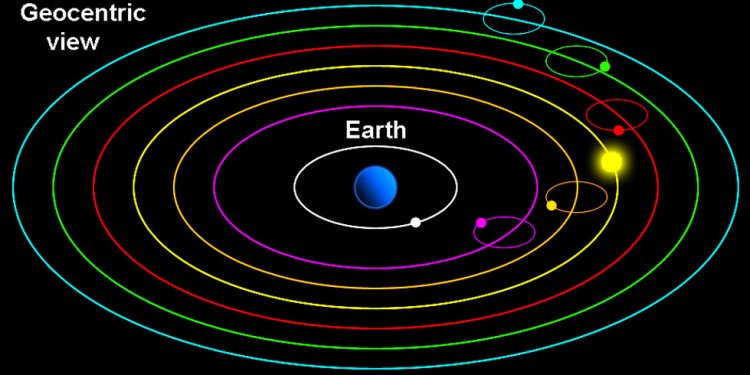
Geocentric theory History
300 BC; Greek Philosophers Plato and Aristotle models Geocentric Theory with Earth as a Sphere. Aristotle publishes in his book “On the Heavens”. 200 BC; Greek Aristarchus of Samos placed Earth and other planets in motion around the central Sun but rejected by Aristotleans. 140 CE; Cladius Ptolemy of Alexandria devised complex system of “epicycles” to account for retrograde…
Read more
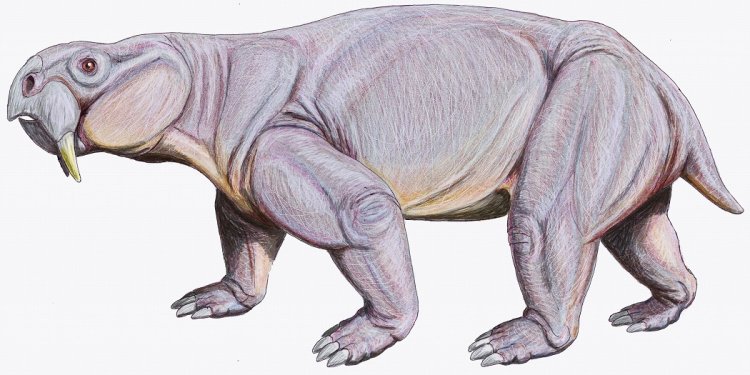
Top 10 discoveries of 2013
Top 10 Discoveries of 2013 The most celebrated archaeology story in recent memory is the 2013 confirmation that bones thought to belong to King Richard , found beneath a parking lot in Leicester, were, in fact, those of the infamous English monarch. Naturally, it leads our Top 10 Discoveries of 2013. But a discovery needn’t involve a historical figure whose life was dramatized…
Read more
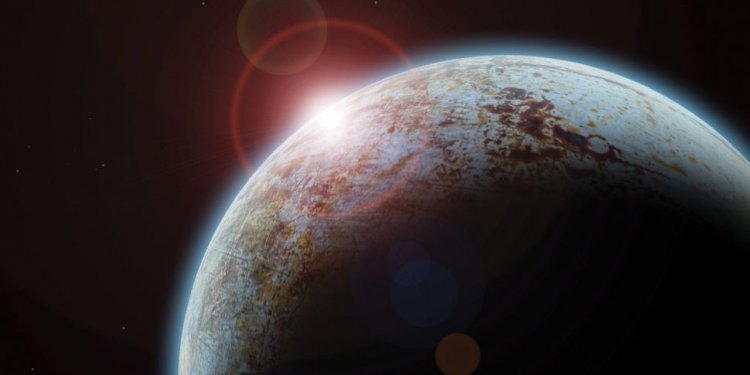
NASA discoveries 2013
Near-Earth Object 2013 US10 Turns Out to Be a Long-Period Comet Don Yeomans and Paul Chodas NASA/JPL Near-Earth Object Program Office Updated November 6, 2013 While initial reports from the Minor Planet Center in Cambridge MA categorized object 2013 US10 as a very large near-Earth asteroid, new observations now indicate that it is, in fact, a long period comet, and it is now…
Read more

Heliocentrism theory
“It may be boldly asked where can the man be found, possessing the extraordinary gifts of Newton, who could suffer himself to be deluded by such a hocus-pocus, if he had not in the first instance willfully deceived himself; Only those who know the strength of self-deception, and the extent to which it sometimes trenches on dishonesty, are in a condition to explain the conduct…
Read more
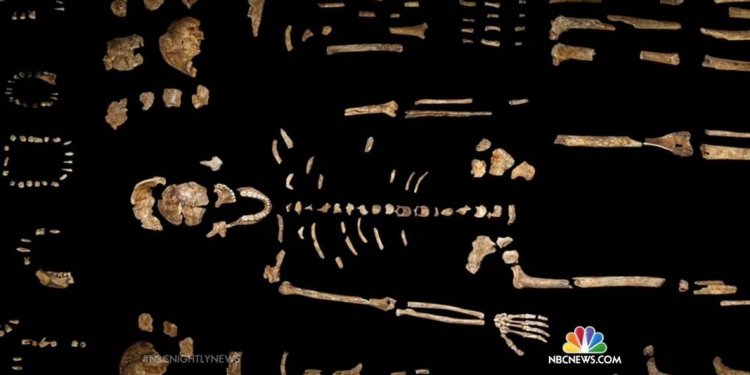
Newest discovery in Science
Stubby squids, which grow to be about 2-1/2 inches long, are actually rather common in Northern Pacific waters. They spend much of their time feeding on shrimp in relatively shallow waters, averaging about 1, feet below the surface. So researchers were surprised to find a living individual some 2, feet deeper. “Encountering this individual significantly adds to what we know…
Read more

Scientific Breakthroughs 2013
Every year, the editors of Science huddle together and pick an outstanding scientific achievement as the Breakthrough of the Year. This year’s winner is CANCER IMMUNOTHERAPY: harnessing the immune system to battle tumors. Scientists have thought for decades that such an approach to cancer therapy should be possible, but it has been incredibly difficult to make it work. Now…
Read more

New planets discovered 2014
For the first time, scientists have discovered an Earth-size alien planet in the habitable zone of its host star, an Earth cousin that just might have liquid water and the right conditions for life. This artist illustration shows what it might be like to stand on the surface of the planet Kepler-186f, the first-ever Earth-size planet to be found in the habitable zone of its…
Read more
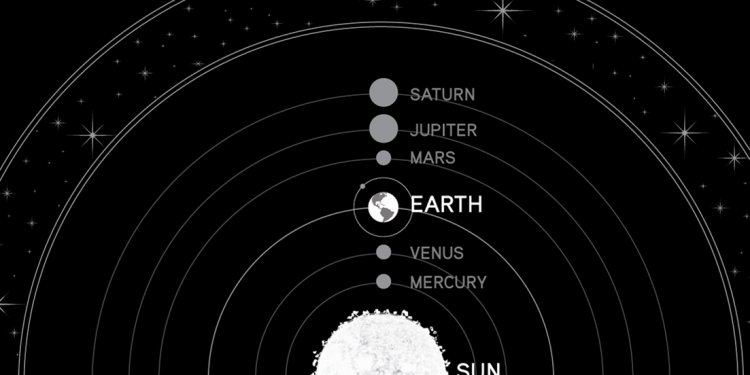
Sun Centered theory
300 BC; Greek Philosophers Plato and Aristotle models Geocentric Theory with Earth as a Sphere. Aristotle publishes in his book “On the Heavens”. 200 BC; Greek Aristarchus of Samos placed Earth and other planets in motion around the central Sun but rejected by Aristotleans. 140 CE; Cladius Ptolemy of Alexandria devised complex system of “epicycles” to account for retrograde…
Read more












